Knowledgebase
Kingshay's Knowledgebase - Grass Silage
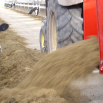
Extended drought across much of the country has led to reduced grass, maize and cereal yields, pushing many farmers into a forage shortage. Although the forage picture va...
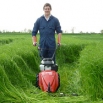
Hybrid ryegrass is a cross between Italian and perennial ryegrass, thus allowing the positive traits of both crops to be incorporated into one grass. Desirable attributes...
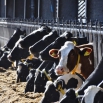
Have you ever considered the impact of forage quality or compound feed on the overall carbon footprint per kg FPCM (Fat and Protein Corrected Milk)? It may be larger tha...
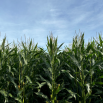
Maize can be a very valuable and productive crop, however, are you creating unnecessary environmental risks at maize harvest or consistently not hitting yield targets? If...
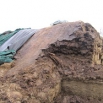
Listeriosis, also known as ‘circling disease or ‘silage sickness’ is caused by the main bacterium in the Listeria genus, Listeria monocytogenes (L.mono), which is n...
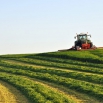
With forage larders bare on many farms, optimising the production of quality grass silage, across all cuts is even more vital this season. With that in mind, it’s worth...
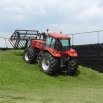
Wastage in silage making is inevitable – but careful management can reduce losses significantly, resulting in considerable cost savings and markedly improved silage qua...
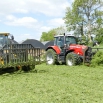
Adopting a multi-cut silage system, which reduces the interval between silage cuts could be one way to help farmers maximise milk from forage - something nearly all respo...
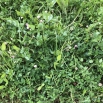
The terms ‘herbal ley’ and multi-species swards’ are often used synonymously. They typically refer to temporary grasslands made up of a mix of grass, legume and her...
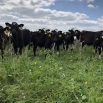
Historically, diverse species swards were the domain of specialist systems. However, the benefits of planting a diverse mix of species make them a valuable resource for m...
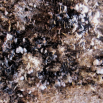
Mycotoxins are a hidden risk in feeds and forages which can lead to milk suppression, suboptimal fertility and health issues. Once present, they are impossible to remove,...
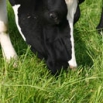
Nitrates in forage can reduce milk yields and cause fertility problems, can turn silage butyric and even cause death in stock. This Farming Note covers: How to ens...
